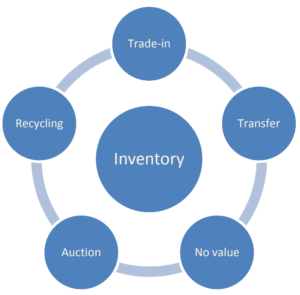Best Practice in Public Procurement
Background:
Radio Frequency Identification. The Purchasing and Contracts Division, Seminole County Government establishes and maintains a current inventory of tangible personal property of over 9,600 items with a value of $90 million (Fiscal Year 09/10) and ensures compliance with federal, state and local policy. Seminole County currently has registered over 130 locations sites throughout the County for inventory purposes. The intricacy and value of tangible property has increased in recent years and as a result, staff was determined to look into ways to manage the program in a dynamic and proactive way, accommodating the current economic situation of budgetary constraints and staff shortfalls the County is facing.

As a result of the research, the County implemented a new system for managing the fixed assets inventory – a “Radio-frequency Identification (RFID)” typically referred as an RFID tag. Basically, it is a technology that enables the wireless transmission of electronic data through a small device that is applied to the asset for the purpose of identification and tracking using radio waves. This innovative practice promotes savings to the County and supports efficiency and accuracy for the entire property administration process while adding value to the procurement processes.
Advantages of managing Fixed Assets and Inventory through Radio Frequency Identification Device (RFID) system:
- Instant inventory accurate count for valuable assets and equipment.
- Reduction or even elimination of fraud and theft.
- Significant reduction of days of inventory tracking.
- Lower inventory management cost.
- Real-time fixed assets and inventory information.
- Accurate information.
- Significant cost savings for the County.
- Increase in productivity and accountability.
The County conducted the annual inventory for Fiscal Year 09/10 and the following data was documented to assist the County in comparing the two (2) systems, manually vs. electronically.

